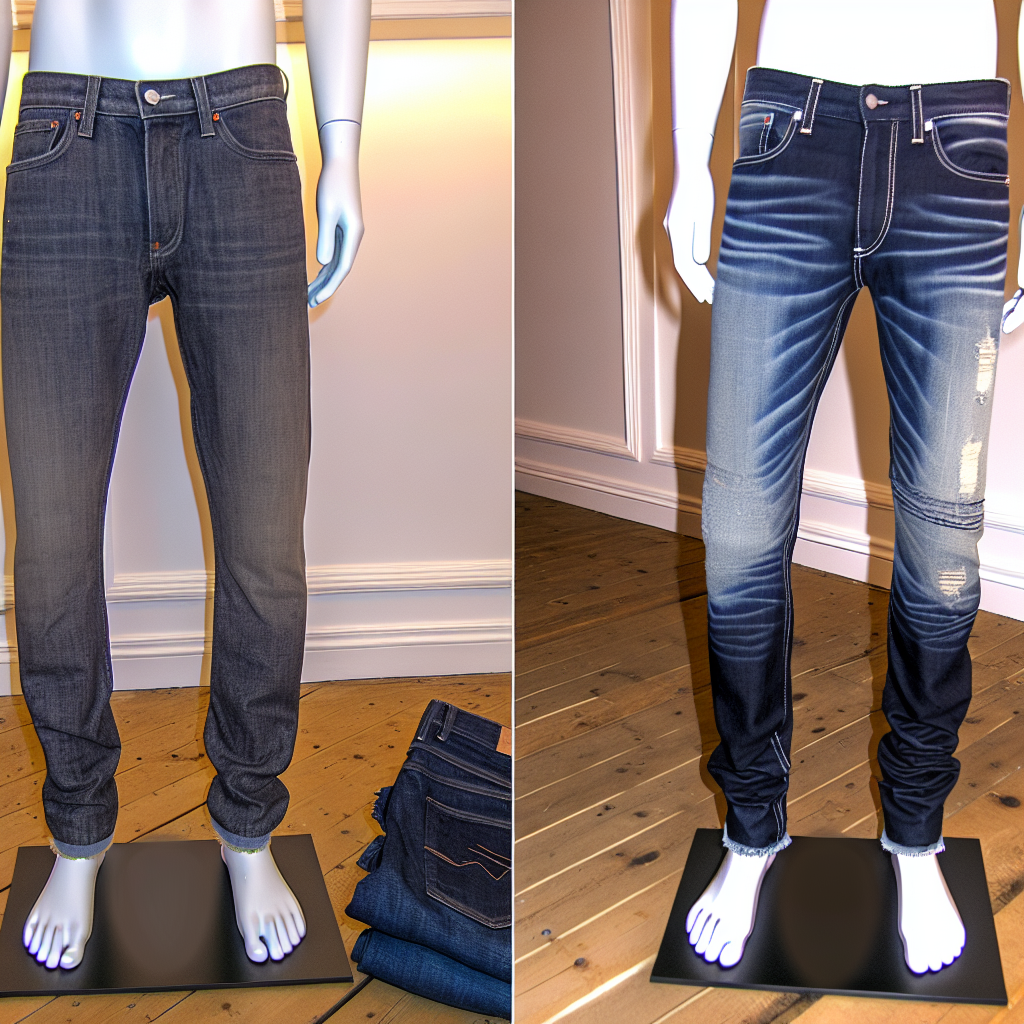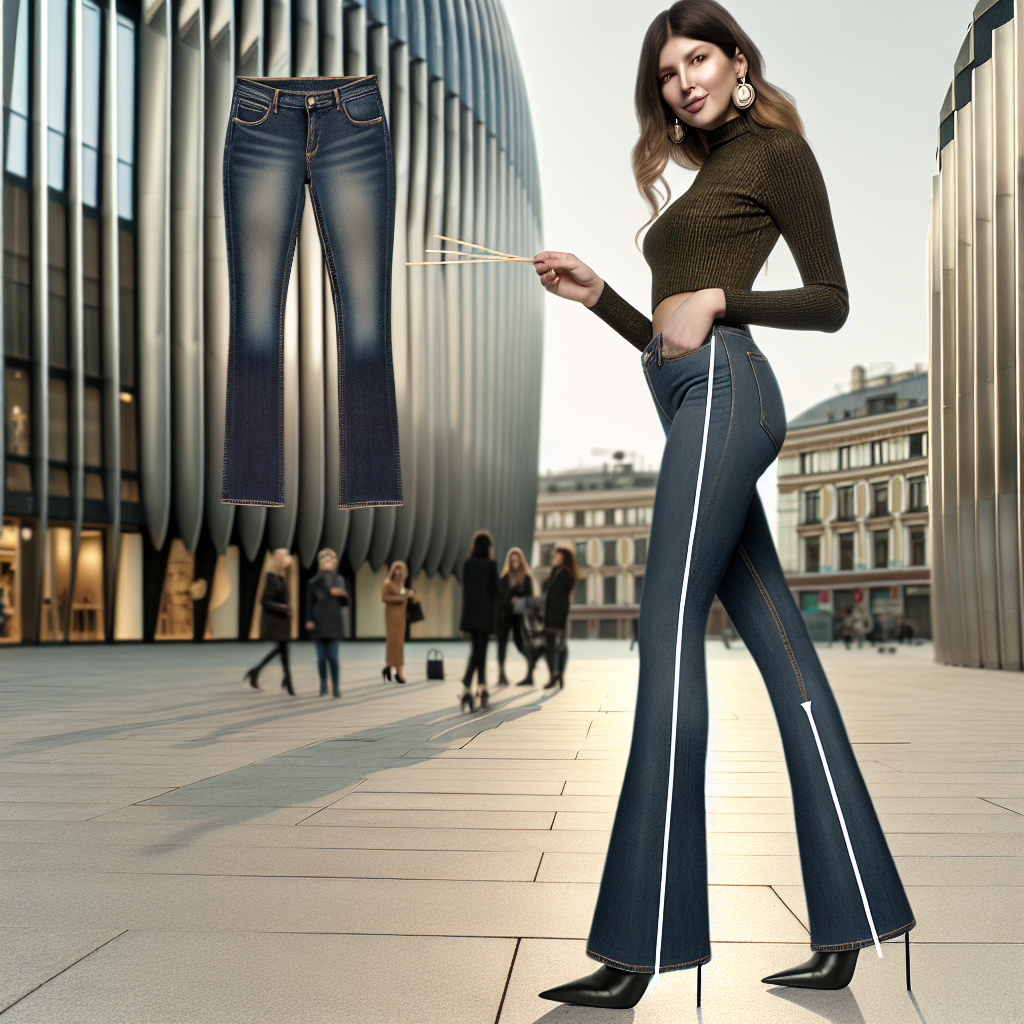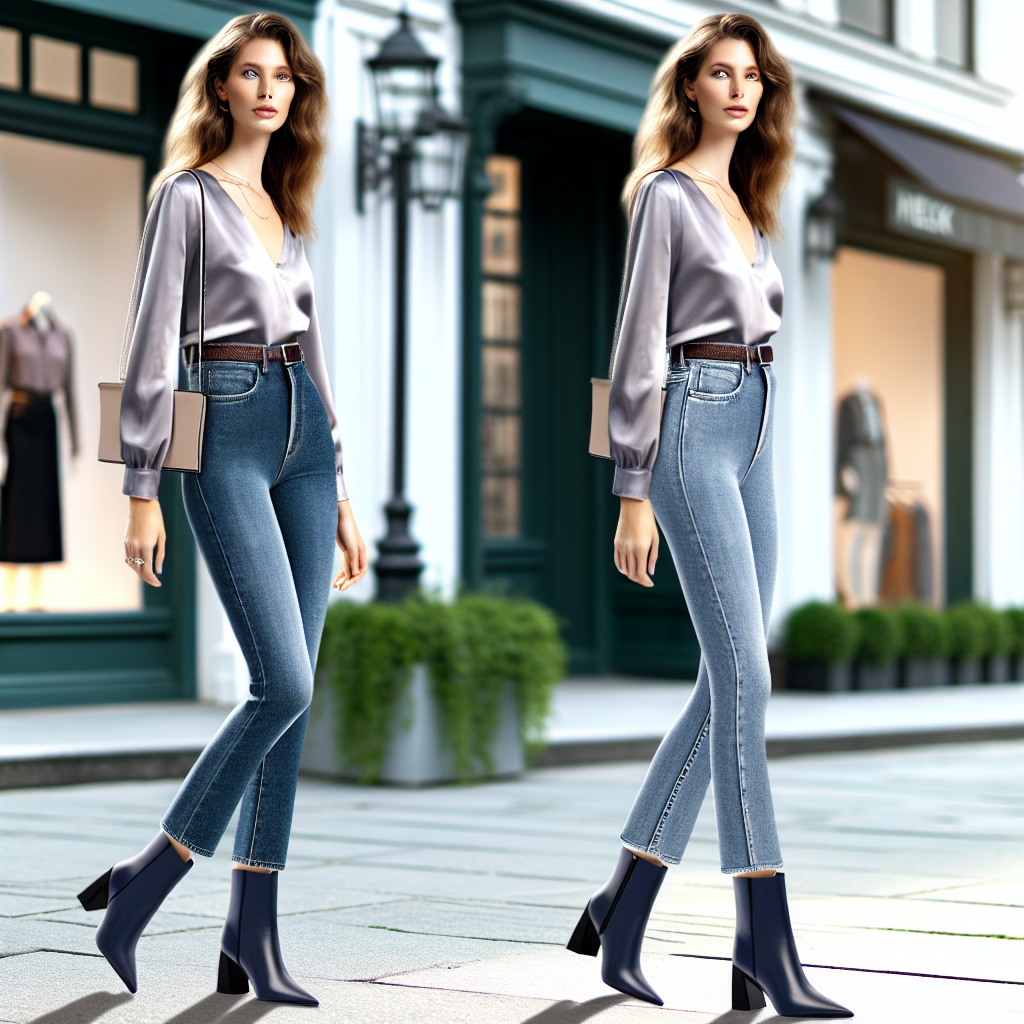What’s the Difference Between $50 Jeans and $500 Jeans?
When it comes to wardrobe staples, denim is one item that transcends seasons, styles, and generations. But not all jeans are created equal—and that becomes strikingly apparent when you compare a $50 pair to one that costs $500. So what exactly drives the vast price disparity between budget-friendly denim and luxury designer options? This guide breaks down the key differences in materials, craftsmanship, fit, branding, and longevity to help you understand the true denim distinction.
1. Fabric & Raw Materials: Quality Starts at the Thread
One of the most noticeable differences between inexpensive and premium denim lies in the fabric itself. Lower-cost jeans are typically made with mass-produced cotton or cotton blends that may include synthetics like polyester or elastane. This yields a stretchier, more affordable fabric—but also one that tends to wear out and lose shape over time.
On the other hand, high-end jeans are often crafted from 100% cotton premium-grade denim from renowned mills in Japan, Italy, or the USA. These fabrics often include selvedge denim, which is denser, more durable, and woven on vintage shuttle looms that produce a finished edge to prevent fraying. Additionally, some luxury jeans use organic or sustainably sourced cotton, adding to both their environmental appeal and cost.
2. Craftsmanship & Construction: Stitching That Stands the Test of Time
Look closely at the construction of a $50 pair of jeans, and you’ll likely notice uneven stitching, bar tacks placed for price efficiency instead of support, and perhaps glued-on back pockets. These jeans are designed for quick mass production, often coming from factories using automated assembly lines.
In contrast, $500 jeans are often hand sewn or meticulously assembled using skilled workmanship. They may include double or triple chain-stitched seams, reinforced rivets, and laser-cut precision for a tailored finish. The result? A garment that lasts significantly longer and holds its shape and fit better through washes and wear.
3. Fit & Tailoring: Off-the-Rack Vs. Designer Sculpting
Midrange and lower-priced jeans often come in standardized sizing with limited cut options. While this makes mass production and sales easier, the fit may not be perfect for everyone. Cheap jeans often favor a low waistband and may not consider body diversity in their design structure.
Luxury denim brands invest heavily in fit and pattern design. They offer a wider array of inseams, rises, and leg styles—like raw skinny fits or relaxed artisan cuts—often based on years of data and feedback. Some designer jeans even featured tailored tailoring for specific body types. The result is a more flattering and personalized fit that enhances comfort and style.
Tip: Fit is foundational to how jeans look and feel. When paying a premium, expect a contouring design that compensates for common fit issues like gapping at the waist or sagging in the knee.
4. Brand Prestige & Exclusivity: More Than Just a Label
Part of what you’re paying for with $500 jeans is the brand name itself. Labels like Saint Laurent, Balmain, or Golden Goose invest in marketing, model collaborations, runway appearances, and celebrity endorsements. This builds brand pedigree and justifies the high-ticket price for those who value status and exclusivity.
High-end denim often incorporates small-batch manufacturing, limited-edition runs, and signature details like embossed leather patches, custom buttons, or monogrammed waistbands. These exclusives drive up demand and perception of value—similar to why people pay more for luxury handbags or watches.
Meanwhile, $50 jeans from brands like H&M or Levi’s (entry-level lines) may lack these prestige perks but serve as functional daily wear items.
5. Wash & Dye Techniques: Artisanal Aesthetics Vs. Industrial Process
Another point of difference is the dye process. Inexpensive jeans are often uniformly dyed and sandblasted for pre-faded effects. While this process looks appealing off the shelf, it can fade unevenly and give off a flat aesthetic over time.
Premium denim brands use high-intensity indigo dyes and meticulously treated washes, including hand-dyeing, ozone fading, enzyme washing, and distressing techniques that mimic natural wear behaviors. Some even allow jeans to age authentically with the wearer over the years, creating a unique character profile—often referred to as “raw” or “dry” denim.
6. Sustainability & Ethical Labor Practices
Price also reflects policies regarding sustainability and ethical labor. Fast fashion denim often relies on overseas factories with minimal regulation, a factor that contributes to human-rights issues and environmental pollution.
Many higher-end denim brands emphasize traceable materials, eco-friendly waterless dyeing, and fair wages for skilled labor. For example, brands like Re/Done or Nudie Jeans focus heavily on recycling and closed-loop production models to reduce waste. By investing more money in a pair of jeans, you’re also supporting more ethical consumption practices.
7. Longevity & Cost-Per-Wear
While a $50 pair may seem like a steal, they typically show signs of wear—like torn stitching, knee sag, or fading—after a few months of regular use. This may prompt a repurchase sooner, which increases the long-term cost.
A $500 investment in jeans may feel steep initially, but it’s often justified when calculating cost-per-wear. If a premium pair lasts 5–10 years or more while maintaining fit and fabric integrity, it becomes a more economically and environmentally sustainable choice over the long run.
Example:
If a $500 pair lasts 5 years and is worn twice a week, that’s 520 wears. That breaks down to under $1 per wear.
8. Fashion Statement & Personal Identity
Ultimately, denim holds symbolic power in fashion. A higher-priced pair not only elevates your outfit but also contributes to the image you project—edgy, elevated, or effortlessly cool. Designer jeans often become centerpieces of personal identity, signaling taste, refinement, and financial status.
Cheap jeans, while pragmatic, may not carry the same visual language or social signals. Still, they offer accessibility and trend responsiveness for fashion-lovers on a budget.
Final Thoughts: Which Is Worth It?
The verdict really comes down to your priorities. If you’re looking for trend-driven pairs or seasonal updates without a hefty price tag, $50 jeans will do just fine. But if you’re after durability, superior fit, eco-conscious manufacturing, and elevated aesthetics, it might be worth the splurge on luxury denim.
Whether you’re dressing for comfort, fashion, or function, understanding what truly sets $50 and $500 jeans apart empowers you to make better style investments that align with your values and lifestyle.
Key Takeaways
- Fabric: Premium jeans use higher-quality, often organic or selvedge denim.
- Construction: Superior stitching, reinforced seams, and attentive craftsmanship distinguish luxury pairs.
- Fit: Designer denim prioritizes flattering fits with more customization options.
- Branding: A higher price tag often includes brand prestige and exclusivity.
- Sustainability: Ethical labor and eco-conscious practices are more common in premium denim.
- Longevity: Higher cost often translates to longer-lasting wear and lower cost-per-use.
So next time you’re considering a denim upgrade, ask yourself—not just what you’re paying for, but what you’re investing in.











